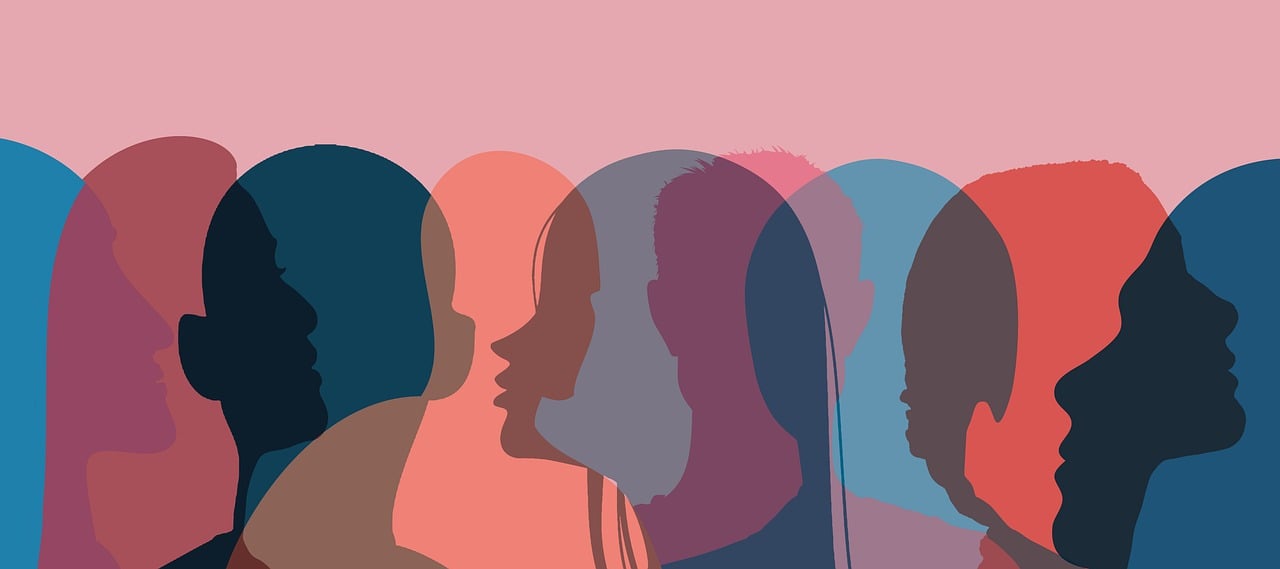Understanding Transgender: Exploring Gender Identity and Diversity
Understanding transgender is an essential step towards fostering inclusivity, empathy, and respect for individuals whose gender identity differs from the sex assigned to them at birth. Transgender people play an integral role in the diverse tapestry of human experiences. This article aims to provide an overview of transgender identity, explore key concepts, and promote understanding of the transgender community. By increasing knowledge and awareness, we can create a more inclusive and supportive society for all.
Defining Transgender
Transgender is an umbrella term that encompasses individuals whose gender identity differs from the sex they were assigned at birth. While assigned sex is based on physical characteristics, gender identity is an individual’s deeply held sense of their own gender, which may be male, female, or non-binary, among other possibilities. It is important to remember that gender identity exists on a spectrum, and each person’s experience is unique.

Gender Identity and Gender Expression
Gender identity refers to an individual’s internal sense of being male, female, or non-binary. It is important to understand that gender identity is deeply personal and may not align with societal expectations or the sex assigned at birth. Gender expression, on the other hand, relates to how individuals express their gender identity to the world through behavior, clothing, appearance, and mannerisms. It is essential to recognize that gender identity and expression can vary greatly among individuals, and there is no “right” or “wrong” way to be transgender.
What You Need to Know About Transitioning: A Guide for Transgender Individuals
Transitioning is a personal and transformative journey undertaken by many transgender individuals to align their physical, social, and emotional aspects with their gender identity. Transitioning is unique to each person and can involve various steps and processes. This guide aims to provide an overview of transitioning, offering insights and information to support transgender individuals on their journey towards self-discovery and self-actualization.
Understanding Transitioning
Transitioning involves a series of steps that transgender individuals may take to live authentically in alignment with their gender identity. It is important to remember that transitioning is a personal choice, and there is no right or wrong way to transition. It is a process that may involve:
Social Transition: Social transitioning involves expressing one’s gender identity to others. This can include using a different name, pronouns, and adopting a gender presentation that aligns with one’s identity. Social transition can involve coming out to family, friends, and colleagues, and requesting support and understanding from them.
Medical Transition: Medical transition encompasses a range of interventions aimed at aligning the physical body with one’s gender identity. This may include hormone therapy, which can lead to changes in secondary sex characteristics, and gender-affirming surgeries to modify specific body parts. Medical transition is a personal choice and can be discussed with healthcare professionals specializing in transgender healthcare.
Legal Transition: Legal transition involves updating identification documents, such as a driver’s license, passport, or birth certificate, to reflect one’s gender identity. The process may vary depending on local laws and requirements. Legal transition can include changing one’s name and gender marker to ensure legal recognition and protection.
Borrowing Money: If you want to take out a loan, WageDayAdvance.co.uk are currently offering loans for up to £5,000 that can be repaid over 5 months. To apply, all you need is your name, address, contact details and some basic information about your income and source of it. Applying is extremely straightforward and can be done online in a matter of minutes.

The Acceptance of Transgender People in Society: Progress and Challenges
Acceptance of transgender people in society is an essential aspect of fostering inclusivity, equality, and respect for all individuals, regardless of their gender identity. While progress has been made in recent years, there are still significant challenges to overcome. This article aims to explore the current state of transgender acceptance, highlight areas of progress, and address the challenges that transgender individuals continue to face.
Increasing Visibility and Understanding
One of the key drivers of acceptance is increased visibility and understanding of transgender people. Through media representation, public figures sharing their stories, and educational initiatives, society is becoming more aware of transgender identities and experiences. This visibility helps challenge stereotypes, debunk myths, and promote empathy and understanding.
Legal Protections and Rights
Many countries have made significant strides in implementing legal protections and rights for transgender individuals. These include laws against discrimination in employment, housing, healthcare, and other areas. Additionally, some jurisdictions recognize gender identity and provide options for legal gender recognition, including name and gender marker changes on identification documents. These legal protections are crucial for ensuring equal opportunities and safeguarding the rights of transgender individuals.
Supportive Communities and Allies
Supportive communities and allies play a vital role in the acceptance of transgender people. Allies are individuals who actively support and advocate for transgender rights and inclusion. They create safe spaces, challenge discrimination, and work towards fostering understanding and acceptance. Support groups, organizations, and online communities provide transgender individuals with a sense of belonging and support, helping combat feelings of isolation and promoting mental well-being.
